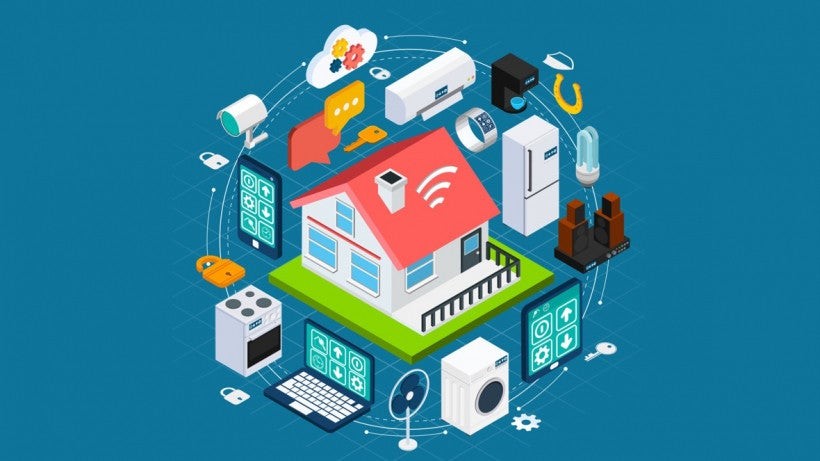Cloud computing has transformed the way businesses operate, offering flexibility, scalability, and efficiency that traditional IT infrastructure could never match. At the heart of this transformation are three distinct service models: Software as a Service, Platform as a Service, and Infrastructure as a Service. Each represents a different layer of abstraction in the cloud ecosystem, and understanding their differences is essential for organizations seeking to optimize their technology strategies.
Software as a Service, often referred to as SaaS, is the most familiar to everyday users. It delivers fully functional applications over the internet, eliminating the need for installation, maintenance, or complex configuration. Businesses rely on SaaS for tools like customer relationship management, email, and collaboration platforms. The appeal lies in its simplicity: users access the software through a browser, while the provider handles updates, security, and infrastructure. This model allows companies to focus on using the software to achieve business goals rather than worrying about the technical details behind it.
Platform as a Service, or PaaS, sits one layer deeper in the stack. It provides a framework for developers to build, test, and deploy applications without managing the underlying hardware or operating systems. PaaS environments typically include development tools, databases, and middleware, all integrated into a cohesive platform. For businesses, this means faster development cycles and reduced complexity. Developers can concentrate on writing code and innovating, while the platform takes care of scalability, load balancing, and integration. PaaS is particularly valuable for organizations that want to accelerate application development without investing heavily in infrastructure management.
Infrastructure as a Service, known as IaaS, represents the most fundamental layer of cloud computing. It offers virtualized computing resources such as servers, storage, and networking, delivered on demand. With IaaS, businesses essentially rent infrastructure from a provider, gaining the flexibility to scale resources up or down as needed. This model is ideal for organizations that want control over their environment without the capital expense of owning physical hardware. IaaS provides the building blocks for IT operations, allowing companies to run applications, host websites, or manage enterprise workloads with complete customization.
The differences between these models become clearer when considering the level of control and responsibility each entails. SaaS places nearly all responsibility on the provider, offering convenience but limited customization. PaaS strikes a balance, giving developers control over applications while outsourcing infrastructure management. IaaS offers the greatest flexibility, but with it comes the responsibility of managing operating systems, applications, and security. Businesses must weigh these trade-offs carefully, aligning their choice with their technical expertise and strategic priorities.
Cost considerations also highlight the distinctions. SaaS typically operates on a subscription basis, making expenses predictable and easy to budget. PaaS often charges based on usage, reflecting the resources consumed during development and deployment. IaaS pricing is more granular, tied to the specific infrastructure components used, such as storage capacity or computing power. Understanding these models helps organizations avoid unexpected costs and choose the option that aligns with their financial planning.
Scalability is another critical factor. SaaS applications scale seamlessly, as providers manage capacity behind the scenes. PaaS platforms are designed to support rapid growth, enabling developers to build applications that can handle increasing demand without rewriting code. IaaS offers the most direct control over scaling, allowing businesses to add or remove resources in real time. This flexibility is particularly valuable for companies with fluctuating workloads or seasonal demand, where infrastructure needs can change dramatically.
Security responsibilities vary across the models as well. SaaS providers handle most aspects of security, from data protection to compliance, giving users peace of mind. PaaS providers secure the platform itself, but developers must ensure their applications are safe. IaaS places the greatest burden on the customer, who must configure firewalls, manage access, and maintain compliance. Organizations must understand these distinctions to avoid gaps in their security posture and ensure that responsibilities are clearly defined.
The choice between SaaS, PaaS, and IaaS often depends on the organization’s goals and resources. A small business seeking simple tools for collaboration may gravitate toward SaaS, appreciating its ease of use and low maintenance. A company focused on innovation and rapid application development may prefer PaaS, leveraging its integrated environment to accelerate projects. Enterprises with complex IT needs and specialized workloads may opt for IaaS, valuing the control and customization it provides. Each model serves a different purpose, and the right choice depends on aligning technology with business strategy.
Hybrid approaches are increasingly common, as organizations combine elements of SaaS, PaaS, and IaaS to meet diverse needs. A business might use SaaS for everyday productivity, PaaS for developing customer-facing applications, and IaaS for hosting critical enterprise systems. This layered approach allows companies to take advantage of the strengths of each model while mitigating their limitations. The future of cloud computing will likely see even greater integration, with providers offering solutions that blur the lines between these categories.
The evolution of these service models reflects the broader trend toward flexibility and choice in technology. Businesses no longer need to commit to rigid infrastructure or lengthy development cycles. Instead, they can select the level of abstraction that best suits their needs, scaling resources and capabilities as circumstances change. This adaptability is one of the defining advantages of cloud computing, enabling organizations to remain agile in a rapidly shifting business environment.
Ultimately, understanding the differences between SaaS, PaaS, and IaaS is about recognizing the spectrum of possibilities in cloud computing. Each model offers unique benefits and challenges, and the decision to adopt one or a combination depends on the specific context of the business. By grasping these distinctions, organizations can make informed choices that enhance efficiency, foster innovation, and position themselves for long-term success in the digital era.





